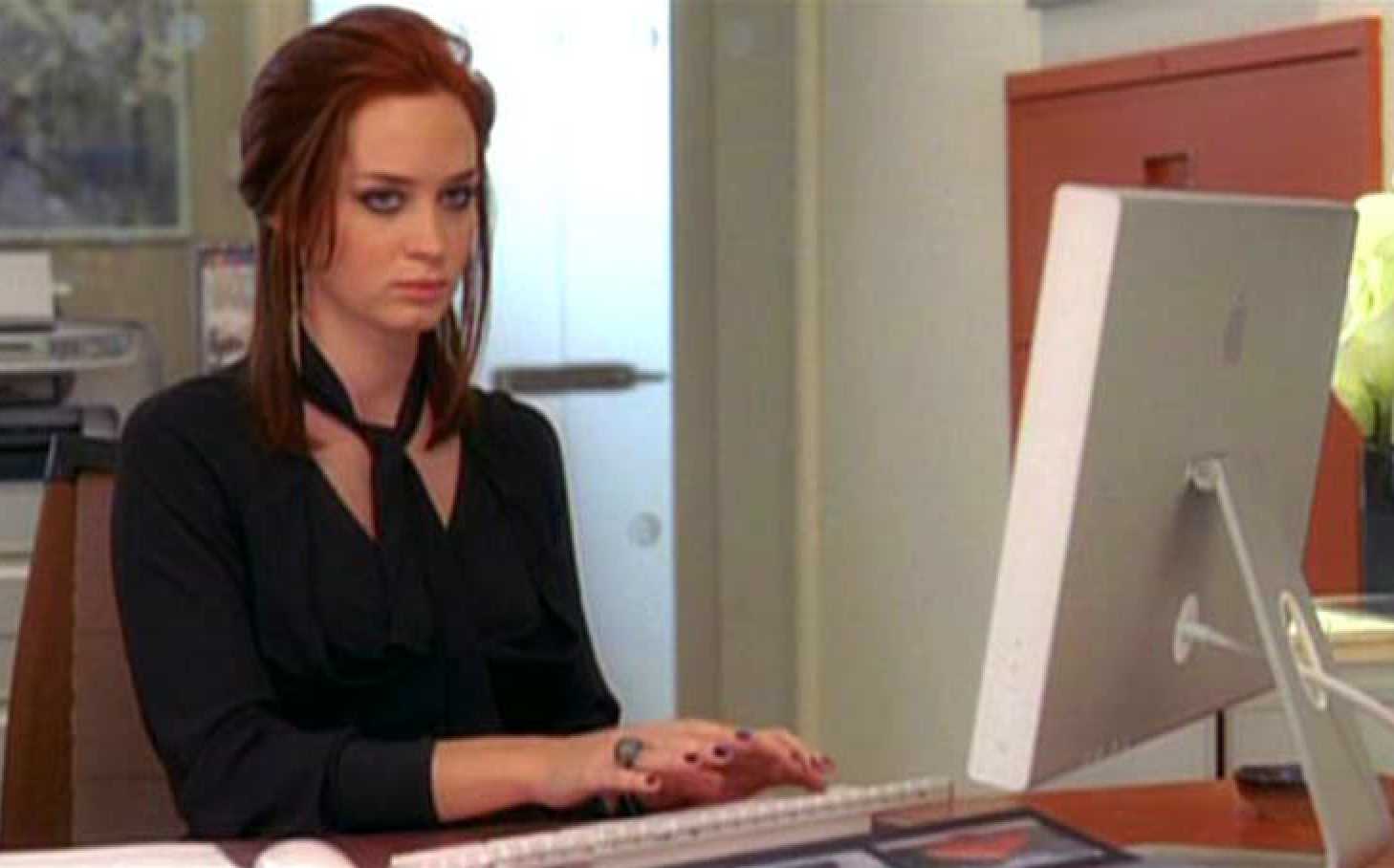Most of us are more than prepared to talk about our resume and cover letter during an editorial interview, but what about your portfolio? Is it better to bring in physical copies of your work or pull up your website on a smartphone? Should you share pieces that didn’t get the most site traffic if you’re really proud of them? And how can you show off your accomplishments without bragging or humblebragging? Luckily, Ed’s editor and HR pals are here to share the dos and don’ts for shining the spotlight on your work experience.
Print out your work.
Kalina Ollinger, editorial manager at PEOPLE magazine, prefers it when interviewees print out their work because it reminds interviewers why they’re calling them in. “This indicates that they prepared for the interview, especially if they select a few specific pieces that they’re most proud of and that are most relevant to the job,” she says.
You should think twice before bringing in a laptop or tablet to show your interviewers your portfolio, Ollinger cautions. “A link to a portfolio is great, but if it includes dozens of articles that may or may not be relevant to the position they’re interviewing for, it’s a turn off.”
Plus, at some point you’ll probably have to ask for the WiFi login — and a job interview is definitely not the time or place for that!
Highlight pieces that show off your versatility.
In a sea of listicles, interviews, and think pieces, what should a seasoned writer include in their top 5 – 10 clips? Ultimately, the answer to this question means objectively reviewing your work and targeting the pieces that make you stand out— while keeping the position in mind too.
- Share work you’re genuinely passionate about. Richard Larsson, director of digital content and social media at Advertising Week, urges interviewees to present what means the most to them, even if it’s of a personal nature. He notes that sometimes your most passionate pieces are about you, not the industry you work in. Aim for quality over quantity.
- Keep clicks in mind. “Media companies love to see that your work gets a lot of clicks, so if you have pieces that brought in a lot of site traffic, mention that,” says Ollinger.
- Include short and long-form content. Don’t show off 10 pieces that follow the same format — like bullet listicles with GIFs — in a row. Mix it up with content in varying lengths, says Larsson. “Employers want to know if you can write long-form, but they also want to know how economical your writing can be if and when the need arises.”
- Remember the position you’re applying for. If you’re applying for a gig with a BuzzFeed vibe but your portfolio reads more like The Economist, you might want to reconsider the articles you’ll be bringing along. Madeline Rubin, director of talent operations at Time Inc., advises bringing along works that showcase the skill sets the recruiter and team are looking for in the role. The more examples, the better!
And about that fine art of talking about yourself…
Modest whippersnappers might cringe at the thought of talking about themselves, even in the context of a job interview. What can you do to keep from sounding like you’re bragging? Ollinger’s biggest tip is to focus on your tone and how you present yourself to avoid sounding conceited.
However, it’s okay to brag in small doses. “If you go into a job interview, you have to sell yourself,” says Rubin. “Don’t be afraid to brag a little bit. A job interview is your opportunity to show what you can bring to the table.”
Heather Taylor is a former entertainment writer turned brand mascot aficionado (and head writer) for Advertising Week’s Icon Blog. She shares her thoughts on pop culture at HelloGiggles and has been published in Brit + Co, The Drum, and BettyConfidential. Chat with her about anything from SNL to the Pillsbury Doughboy on Twitter @howveryheather. GIFs highly encouraged.




 How to Make the Most out of Being an Assistant
How to Make the Most out of Being an Assistant